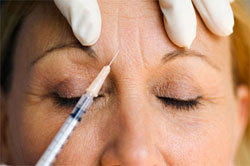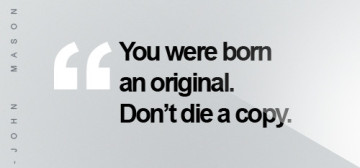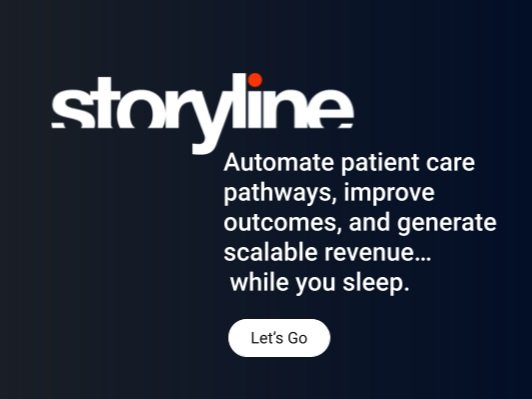Finally – A Non-Invasive Machine That Delivers on the Promise
/We are all used to the myriad of vendors who scurry up to us at every conference or torment our office staff for a 10 minute appointment to discuss the next GREAT non-invasive cosmetic surgical miracle machine. Everybody promises everything….and seldom is the technological “punch” anywhere near the nirvana alluded to in the glitzy ad brochures. How many of you have $100,000 dollar machines in a back room with dust covers over them? They are expensive doorstops!! So typical of this industry.
As you can surmise, I have a jaundiced view of the whole “gadget” biz in cosmetic medicine. I like using cold steel, but appreciate the demand for non-surgical alternatives in this market. I have NEVER purchased a laser box (the economics just don’t make sense to me). I dodged the Smart Lipo frenzy………..whew. So, as a certified Negative Nellie, I have finally crossed over to the other side and am totally thrilled with the results a new minimally invasive technology is delivering. In my mind, they deliver EXACTLY what was promised in the hype.
ThermiAesthetics is a relatively new company employing temperature controlled radio frequency technology for multiple applications that really work. Basically, ThermiRF delivers radiofrequency energy in a multitude of platforms – the common denominator being using thermal energy to safely shrink tissue.
In my mind the ‘home run’ for this technology can be found in two applications: ThermiTight is a minimally invasive procedure where a micro-probe in passed under the skin and withdrawn in a controlled fashion, heating the dermis underneath. This results in significant skin shrinkage and is best used in the lower face and neck (great for jowls). It also shrinks skin in the arms, abdomen and above the knees. ThermiVa is a topical application, designed to shrink labia, tighten vaginal mucosa, increase vaginal moisture and sensitivity and even cure mild to moderate stress incontinence. Really!
Ya sure, you may quip…………..but it delivers as promised. My staff, my wife, my patients are all raving about it. Easy, cheap and relatively painless. Who can ask for anything more? Sure, the technology is relatively new and the longevity of the procedures is still being figured out. But so far, I think this technology is a refreshing home run – delivering as promised – even for a cynic like me. Check them out.










